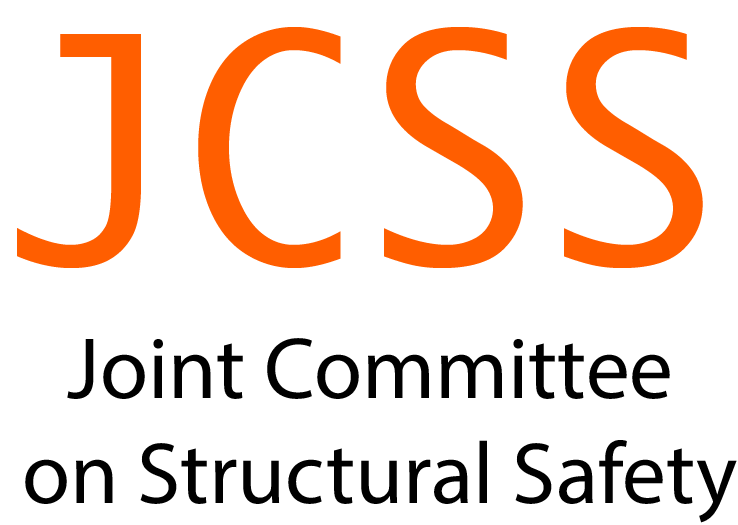Risk analysis and risk acceptance for floating bridges, with emphasis on ship impact hazards#
Torgeir Moan (Professor (em.), NTNU, Norway)
A rational treatment of the risk of fatalities, road traffic disruption and economic consequences, is of main concern for large bridges which are part of the society’s infrastructure. A proper assessment of the risk associated with all hazards, considering the various risk mitigation measures, and establishment of risk acceptance criteria, is a particular challenge for novel concepts such as floating bridges and submerged floating tunnels. This presentation deals with a risk assessment of an “early” design of a nearly 5 km long floating bridge in order to prepare the basis for the detailed design. The focus is on the ship impact hazard, which is the major “accidental - type” of load. While both the fatality and traffic disruption risks are considered, the focus is on the risk of traffic disruption, which also governs the economic risk. Traditional risk analyses have, in principle, a wide scope and tend to be based on simplified risk estimates. In this study it is demonstrated that a comprehensive assessment was needed to come to the decisive conclusions about risk mitigation measures to be implemented.
The risk assessment involved the following steps:
estimation of the frequency of impact scenarios,
immediate damage,
potential road traffic disruption on the bridge in damaged, and
repair conditions.
These efforts involved dynamic global and nonlinear local analyses of multiple impact events and global dynamic analyses of the structure in damaged and repair conditions, under permanent- ,- environmental and traffic loads. Yet, the remaining uncertainties in the analyses need to be considered. While it is up to the regulatory bodies to make the decisions on risk acceptance criteria, some reflections on the associated risk acceptance criteria, and how the detailed structural design criteria will be affected by the results of this risk assessment, are made.
